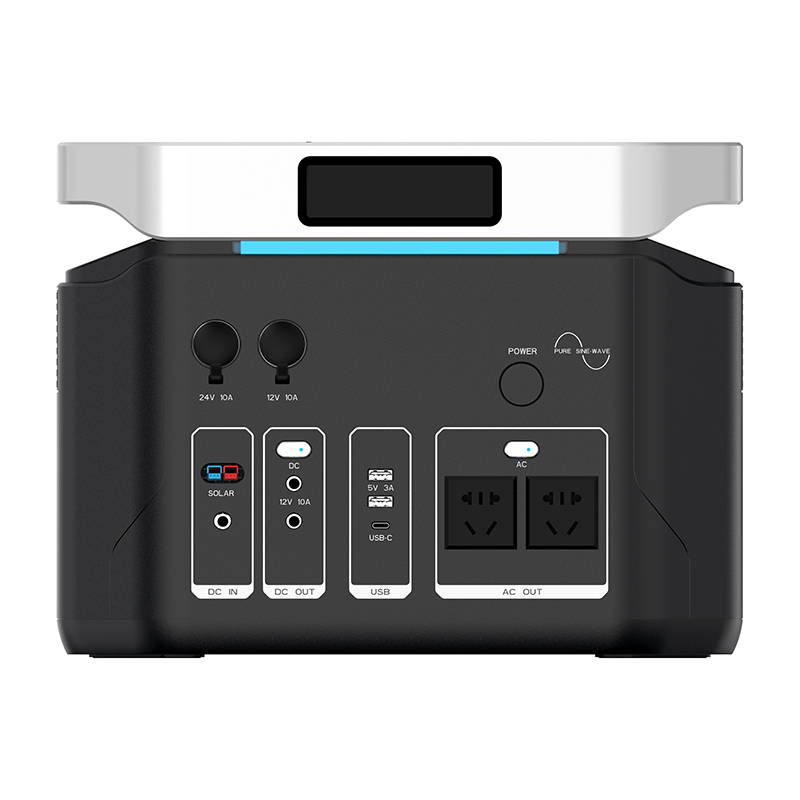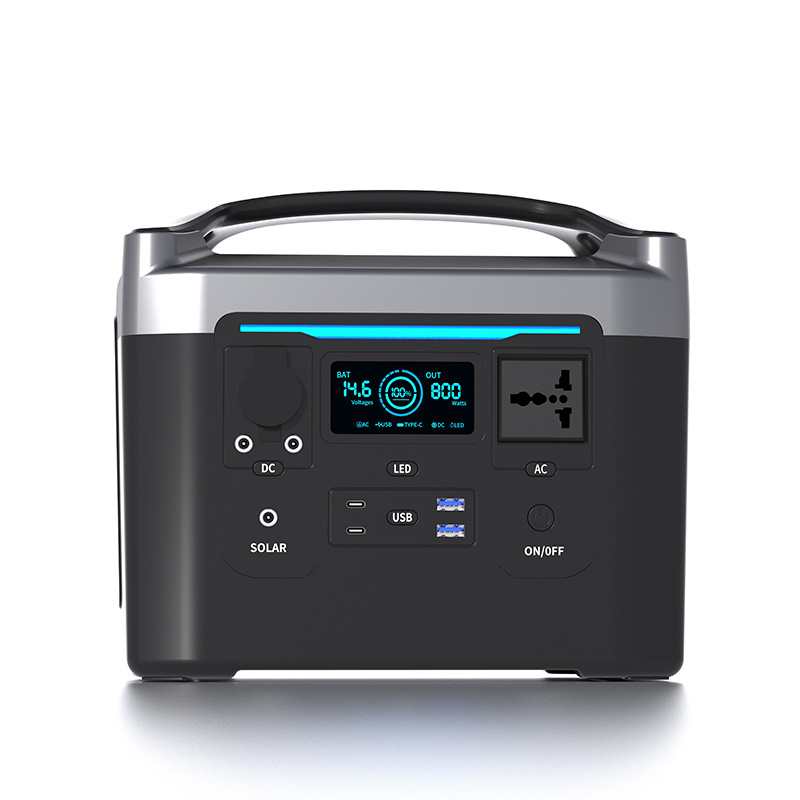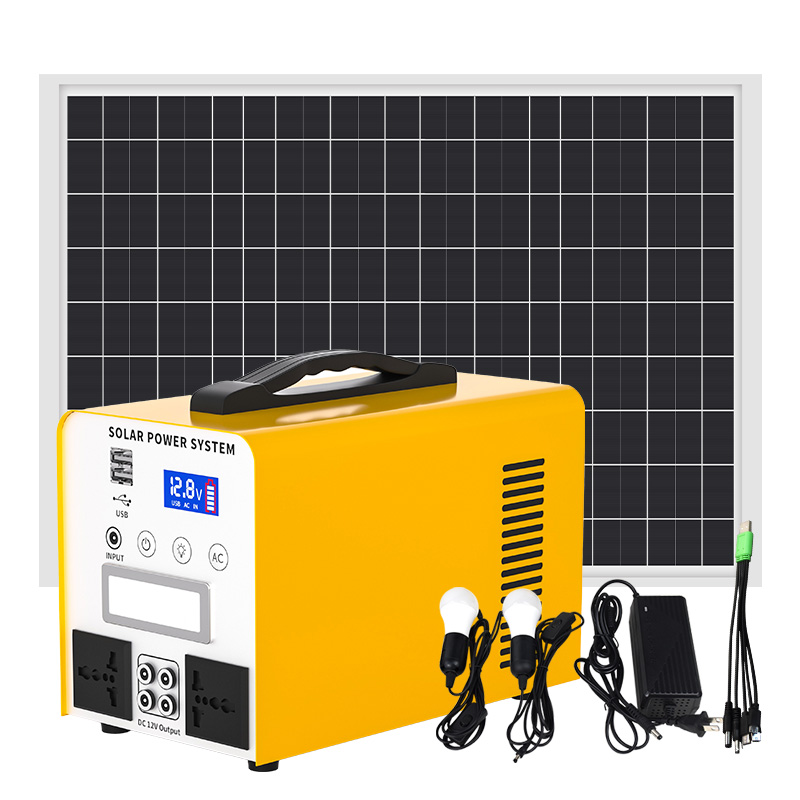Polysilicon
Polysilicon prices have increased slightly throughout the week. The mainstream concluded price for mono recharge polysilicon is RMB 77/KG, while mono dense polysilicon is priced at RMB 75/KG. N-type polysilicon is currently priced at RMB 85/KG.
In terms of supply, though new polysilicon production capacity has come online, the increase in output remains limited, resulting in a constrained overall inventory level. Moving to the demand aspect, wafer enterprises are sustaining a high activation rate. Demand for N-type polysilicon is robust, yet supply remains relatively limited. Moreover, certain polysilicon manufacturers are marketing dense polysilicon as N-type, compounding the supply strain for both N-type and P-type polysilicon. This intricate supply-demand scenario in the polysilicon material realm has led to a state of tightness. Consequently, downstream wafer prices have surged, further bolstering the upward trajectory of polysilicon prices.
![]()
Wafer
The prices of wafer have increased slightly throughout the week. The mainstream concluded price for M10 wafer is RMB 3.35/Pc, an increase of 6.35%, while G12 wafer is priced at RMB 4.35/Pc, an increase of 3.57%.
On the supply side, major wafer enterprises in Inner Mongolia have embarked on expanding their production capacity. However, this expansion has led to power outages, impacting a portion of wafer production output. Consequently, wafer inventory has remained at a notably low level. Shifting to the demand side, cell enterprises are displaying heightened procurement demands for wafers, causing a structural mismatch between supply and demand. Particularly, the supply and demand equilibrium for 182 mm P-type wafers is notably tight, resulting in a notably steeper price growth compared to the 210 mm P-type wafers. In the current week, the prominent wafer enterprises have persisted in raising their wafer prices, prompting downstream cell enterprises to gradually acquiesce to the adjusted prices. The finely balanced supply and demand dynamic for wafers, coupled with the price hikes upstream, have kept wafer prices positioned at elevated levels. However, the downstream sector is grappling with intensified cost pressures, potentially curbing the scope for further short-term wafer price escalation.
![]()
Cell
Cell prices have remained stable this week. The mainstream concluded price for M10 cell is RMB 0.76/W, while G12 cell is priced at RMB 0.74/W. The price of M10 mono TOPCon cell is RMB 0.8/W.
On the supply side, production schedules are running at a robust pace, with some cell enterprises slightly scaling back their production capacities. Shifting to the demand side, high-efficiency cells are receiving considerable backing, facilitating seamless shipments. Conversely, demand for low-efficiency cells remains subdued, resulting in stagnant shipment figures. The overall balance between cell supply and demand has improved. Nevertheless, downstream stakeholders are showing limited willingness to accept escalated cell prices. In the near term, the cell sector finds itself unable to offload the burden of cost pressures onto other segments, thereby maintaining its current price stability.
![]()
Module
Module prices drop slightly this week. The mainstream concluded price for 182mm facial mono PERC module is RMB 1.21/W, 210mm facial mono PERC module is priced at RMB 1.23/W, 182mm bifacial glass PERC module at RMB 1.23/W, and 210mm bifacial glass PERC module at RMB 1.24/W.
Recent bidding prices indicate that companies focused on integration modules are boasting a distinct cost advantage, leading to healthier profit margins. On the other hand, companies specializing in modules are grappling with cost pressures. This dual effect of cost pressure and intense competition for orders has resulted in a widening gap between bidding prices. Looking at the supply side, module production operations are maintaining at high levels; however, some manufacturers have initiated production cuts in response. On the demand side, there hasn’t been a significant uptick in domestic customer demand, and some prominent module manufacturers are still working on order fulfillment.
In addition, there exists a surplus of module inventory due to lower-than-expected customer demand growth. This imbalance has contributed to a slight reduction in prices.
Auxiliary materials: This week, PV glass prices continue to stay stable. The mainstream concluded price for 3.2mm glass is RMB 26/㎡, while 2.0mm glass is priced at RMB 18/㎡. Recently, part of module companies have rigid demand for PV glass, thus providing support to its demand. There are still orders for PV glass, and thus the overall inventory reduced slightly, leading to the stable price for the time being.
![]()






